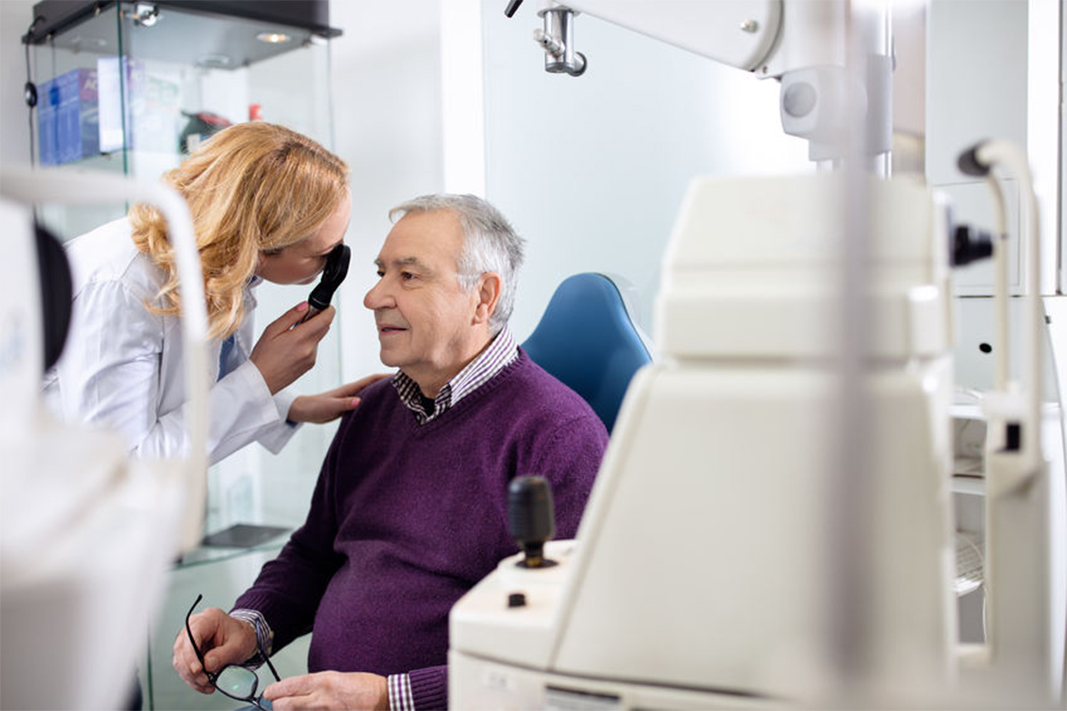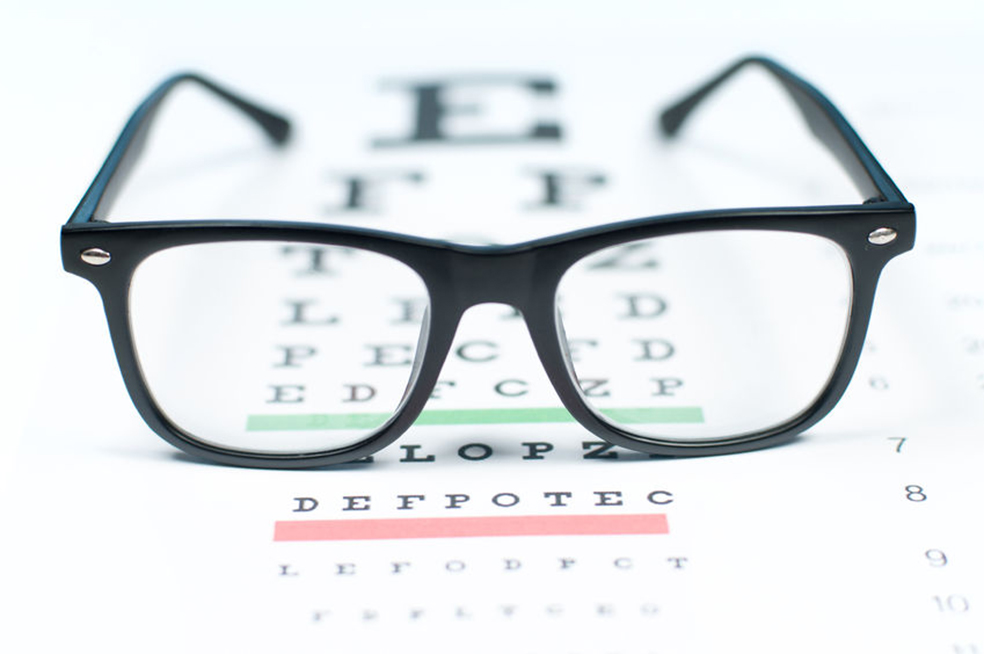Diseases
There are many ocular complications that can arise at any given time. Many of them have no initial symptoms which is why routine eye exams are important. Here are a few common eye ailments that are seen on a daily basis.

OUR SERVICES
Diseases
There are many ocular complications that can arise at any given time. Many of them have no initial symptoms which is why routine eye exams are important. Here are a few common eye ailments that are seen on a daily basis.

AMD
Age-Related Macular Degeneration
This disease affects the macula which is responsible for our central vision and there are two forms: wet and dry. What causes AMD is not fully understood, but genetics, smoking, and UV exposure have been correlated to the disease. Unfortunately, there is no cure for AMD, but there are some treatments available which slow down its progression.
Glaucoma
Glaucoma affects the optic nerve which induces progressive peripheral visual field loss. Like AMD, what causes glaucoma is not fully understood. Glaucoma is considered a “silent” disease since patients won’t know they have it until their peripheral vision is significantly compromised. Risk factors that cause glaucoma include elevated eye pressures, ocular infections, ocular trauma, genetics and more.
Cataracts
A cataract is defined as any opacity that affects the natural lens of the eye. Everyone will get a cataract eventually as it mostly age related. Typically lenticular opacities begin to surface around the 50-60 years of age. However, some systemic ailments and medications can cause an early onset of this condition. Fortunately, surgery can treat cataracts.
Dry Eyes
Ocular dryness is a very common problem especially in the Okanagan. Dry eye symptoms include blurred vision, ocular irritation, burning, itching and even pain. Numerous risk factors cause dry eyes such as age, climate, ocular trauma, ocular surgeries, certain medications, systemic health, and many more. Treatments are available, but what treatment will work best depends on the cause.
Diabetic Retinopathy
This is one of the most common ocular manifestations of a systemic ailment. There are two types of diabetic retinopathy, non-proliferative diabetic retinopathy (NPDR) and proliferative diabetic retinopathy (PDR). NPDR is the beginning stage of diabetes within the eyes and is usually monitored. By maintaining and/or achieving healthy sugar levels, the vision threatening complications remain low. However, if blood sugar levels continue to be uncontrolled, the patient will then develop PDR which can be vision threatening. PDR usually requires laser and possibly injections to prevent serious vision loss.


Diabetic Retinopathy
This is one of the most common ocular manifestations of a systemic ailment. There are two types of diabetic retinopathy, non-proliferative diabetic retinopathy (NPDR) and proliferative diabetic retinopathy (PDR). NPDR is the beginning stage of diabetes within the eyes and is usually monitored. By maintaining and/or achieving healthy sugar levels, the vision threatening complications remain low. However, if blood sugar levels continue to be uncontrolled, the patient will then develop PDR which can be vision threatening. PDR usually requires laser and possibly injections to prevent serious vision loss.

Eye Health Exams


